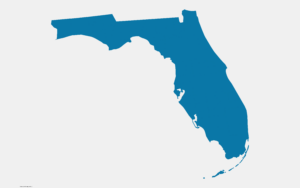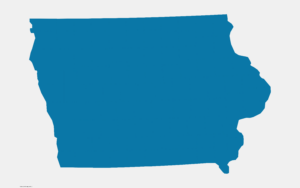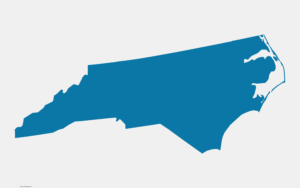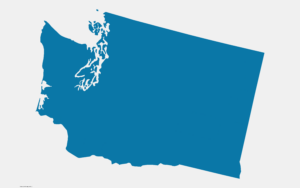Flood planning is the process of developing visions, strategies, and tactics to reduce flooding and its impacts. State governments can use such plans to drive investments in flood projects and programs and develop policy across all levels of government and statewide agencies. The most effective plans rely on best available assessments of current and future risk and ensure projects, programs, and policies work together to create lasting, meaningful change in a community.
Where and how floodwaters flow is determined by watersheds. Because watersheds ignore jurisdictional boundaries and can span multiple communities, state governments are best positioned to organize large watershed-level approaches to flood planning.
To protect communities from increasingly extreme weather, states should develop comprehensive statewide strategies for building flood resilience. Unfortunately, most states lack such comprehensive and inclusive approaches to flood planning, relying instead on all-hazards FEMA-approved State Hazard Mitigation Plans.
The SRP developed a checklist to help state planners better prepare for flooding and sea level rise:
The following recommendations can guide states as they develop statewide strategies to flood planning.
As states become more aware of the risks posed by extreme weather, many have become interested in more innovative approaches to state flood planning.





States are integral partners in building flood resilience locally. The experiences of existing state-to-local technical assistance programs for planning provide best practices in designing and implementing similar programs in other states. Below are four strategies to carry out an effective technical assistance program, along with with examples from existing programs.
As states become more aware of the risks posed by extreme weather, many have become interested in more innovative approaches to state flood planning.